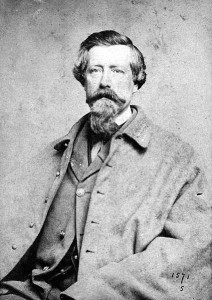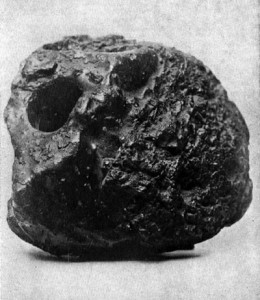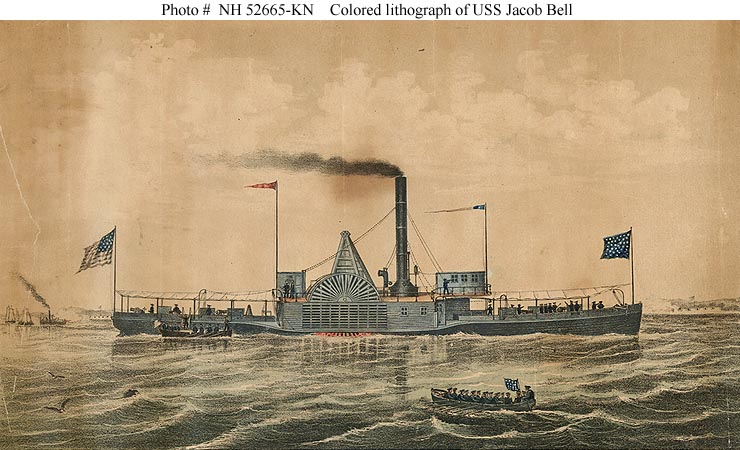The Union was building a huge navy to support army operations and to blockade southern ports. The Confederacy was never going to build enough ships to compete straight up against the North. In the latter part of 1863 Thomas Edgeworth Courtenay submitted plans for a “coal torpedo” to the Confederate government. They bombs would be made to resemble coal and be thrown into a ship’s coal supply. When the bomb exploded in the firebox it was intended to, at the least, disable the engines.
The Official Records provide evidence that by 150 years ago this week the camouflaged bombs were becoming a reality:
U.S.S Jacob Bell,
Off Blakistone Island, February 9, 1864.
SIR: I have to report that I received six refugees on board this morning, coming direct from Richmond, Va. One of them, Joseph Leuty, made the following statement, which I thought important enough to bring to your notice. He says:
I am an Englishman by birth, a molder by trade; have lived in the South for the last four years; for the last eight months I have been working in the artillery shop on Seventh street in Richmond, where they are now making a shell which looks exactly like a piece of coal, pieces of which were taken from a coal pile as patterns to imitate. I have made these shells myself. I believe these shells have power enough to burst any boiler. After they were thrown in a coal pile I could not tell the difference between them and coal myself.
They are intended to be thrown among the coal in Northern depots by bogus refugees, spies, etc. Every blockade runner is to be provided with them, and in case of being captured are to be thrown among the coal. They commenced making these shells two weeks ago.
Hoping that this information may reach you in season to prevent any accident to our forces, I remain, very respectfully, your obedient servant,
G.C. SCHULZE,
Acting Master, Commanding.
Commander FOXHALL A. PARKER, U.S. Navy
Commanding Potomac Flotilla.
The Coal torpedo was credited with a couple successes.
The photo of Thomas Edgeworth Courtenay is licensed by Creative Commons



